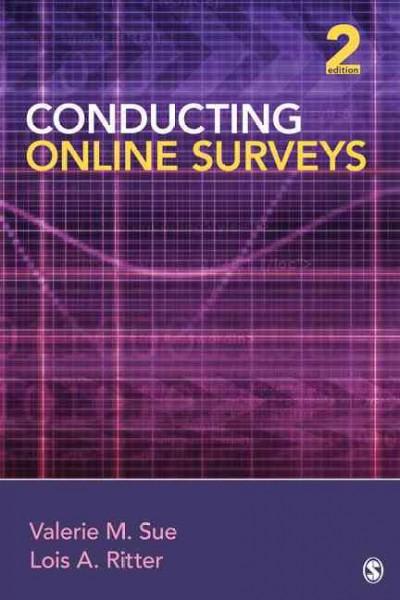Question
This week's topic focuses on the stigma of drug abuse. The stigma surrounding addiction is something powerful that has the ability to change the way
This week's topic focuses on the stigma of drug abuse. The stigma surrounding addiction is something powerful that has the ability to change the way the individual views them self, as well as their place within society (Volkow, 2020). Volkow (2020) discusses a research regarding rats that were addicted to some sort of drug, either heroine or methamphetamine, and when they had the option of taking the drug or engaging with a social partner (i.e. another rat) they chose socializing. But, when they felt rejected within the socialization, they resorted back to the drugs. Similarly when humans feel the disconnect within society, they do not seek help for their drug abuse, nor do they stop their usage. Often times individuals will stigmatize the drug abuser as their issue being "their own fault," when in reality, there could have been some extraneousfactors that pushed them into their habit.
My questions to you are:
1. What are some ways that we, as behavior therapists, can make an individual feel safe enough to seek help?
2. What are some of the drug abuse stigmas prevalent today? Do you think it is ethical, as practitioners, to redirect someone from discussing the drug abuse stigma, if so, how?
3. What are some resources that we could suggest to our clientele if we are under the assumption that they need help?
Article: Addressing the Stigma that Surrounds Addiction Links to an external site.
-------------------------------------------------------------------------------------------------------------------------------------------
4 What is one argument someone may make against using monetary reinforcers to maintain abstinence from substance abuse that is stereotyping against individuals who abuse substances? What behavioral explanation could you use to refute that argument? (Ayn, 2002)
Reference
Ayn, M. A. (2002). Working to Stay Clean. In DOME. Retrieved August 30, 2009, from http://esgweb1.nts.jhu.edu/dome/0201/working.cfm
Step by Step Solution
There are 3 Steps involved in it
Step: 1

Get Instant Access to Expert-Tailored Solutions
See step-by-step solutions with expert insights and AI powered tools for academic success
Step: 2

Step: 3

Ace Your Homework with AI
Get the answers you need in no time with our AI-driven, step-by-step assistance
Get Started


